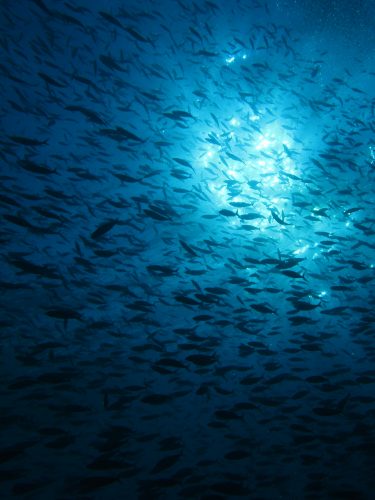How to lead partners towards a goal? Many hours of counseling and study are devoted to this. An interesting study conducted in schools of fish offers another lesson.

By: Yael Halfman Cohen
Good leaders need to maintain a balance between striving to achieve the goal quickly on the one hand, and maintaining the practices along the way. It turns out that this trade-off weighing also has evolutionary roots.
In a study carried out at the universities of Bristol, Harvard and Princeton, on golden shiners, some of the fish were trained to recognize food that was placed on a certain plate. The ability of these trained fish to reach the food plate was then tested in the presence of a group of eight untrained fish unaware of the food plate.
This is the first study showing that there is a weighting of tradeoffs between direct movement to the destination and maintaining group cohesion in animals. This weighting is consistent with hypotheses from computer simulations and observations of people. It was also found that in most cases either the whole untrained group stayed with the trained fish (the leader) or the whole group abandoned him. This finding indicates the importance of interactions between leaders, and that leadership is also influenced by a wider network of social interactions.
It was found that trained fish that showed straighter and faster paths to the food plate were more likely to reach the destination, but this behavior is related to "losing" the untrained fish from behind, and to the failure to transmit the information about the food source to the other fish. But most of the trained fish were effective leaders, decisively showing the school the direction without losing contact with the group and without losing the protection it provides.
From the research it is possible to derive insights into the behavior of effective leadership, for example limiting the speed of decision-making when group cohesion is important, or enlisting the support of a small part of the followers can sometimes be enough to sway the rest towards the goal.
